Neck and Lower Back Pain
- Home
- Neck and Lower Back Pain
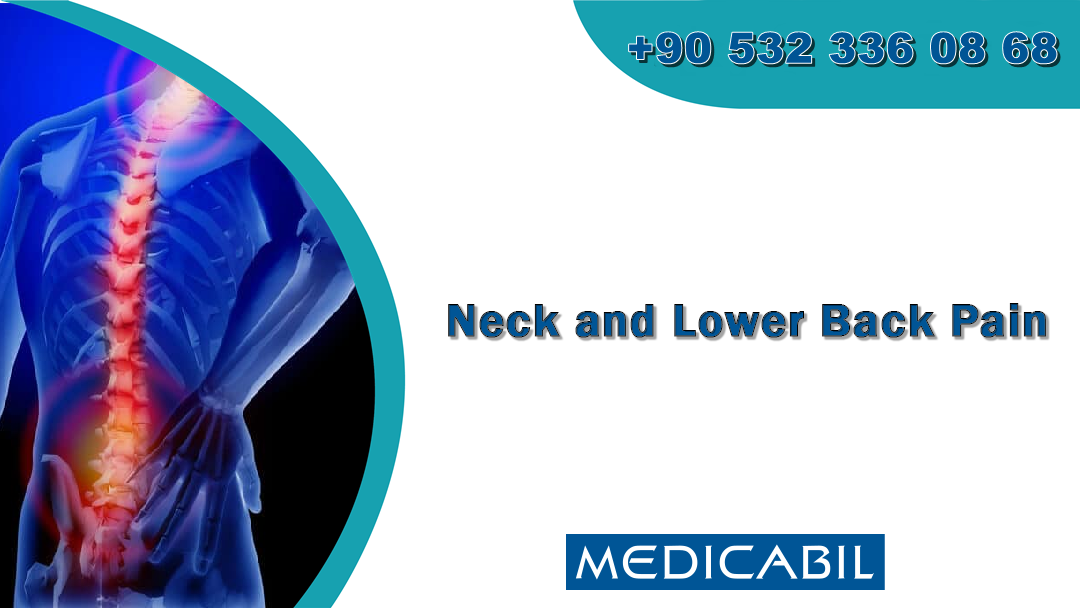
We are going to mention about back and neck pain in this article.
Neck Pain
Our neck provides the connection between the head and the torso. It carries the weight of the head and has important functions on balance. It protects the large vessels between the head and torso, the spinal cord, and the nerves leading to the arm. It is the most mobile part of the spine, which can be exposed to more trauma. Neck pain is a very common health problem and can be seen in people of hercins and ages. One in three people experience neck pain at least once in their life. Today, it is especially common for desk workers, intensive computer users. Its frequency increases with age progression. Stresses in daily life and work stress increase neck pain. Back-shoulder pain, numbness in the hands, dizziness, imbalance and headache may occur along with neck pain. The neck consists of seven vertebrae. Between the vertebrae are cushions called discs. The task of the discs is to balanced the amount of load falling on it to the lower levels and reduce the friction of the vertebrae with each other. Diseases affecting the neck can lead to symptoms such as pain, numbness, loss of strength and sensation in the arms. Rarely, signs such as dizziness, visual impairment, fainting can be seen.
Back Pain
Low back pain is a serious health problem due to the fact that it is very common, causing a loss of financial resources, labor and time. It also causes problems such as incomplete information, inadequate treatment, and false beliefs. For Nov Nov This is a good idea, and it is a good idea to make sure that you have the right amount of money to pay for your work and to make sure that you have the right amount of money to pay for your work. A decrease in physical activity, desk work, or heavy body work with industrialized societies has led to an increase in the frequency of lower back pain. The waist area is the center of gravity of the body and is affected by all body movements. It is therefore a region subject to continuous and repetitive strain. During certain body movements, the load from the waist is approximately 5-6 times the weight of the body. The formations between the vertebrae, which we call discs, can simply be described as “shock absorbers of the spine” or “shock-absorbing pillows”. These formations, which are surrounded by very strong tissue and have a dense liquid consistency, provide the flexibility of the spine and also distribute the load. But in order for this mechanism to work healthily, the ligaments and muscles around the spine, the waist and abdominal muscles also need to be strong and flexible enough. It is possible to count dozens of causes that can lead to lower back pain. Although there are largely reasons for the lumbar spine itself, the doctor will need to consider all possibilities. A very large majority of low back pain is the waist's own problems, which qualify as mechanical low back pain. A small part of it is inflammatory back pain due to inflammatory rheumatism, infections and tumors. Pain reflected from internal organs is also seen. The existence of certain situations, known as red flags, necessarily requires serious investigation. These conditions include a history of cancer, weight loss of 10 pounds and over within six months, being under 17 and over 70, pain, fever, urinary and gaita control at night and at rest.
-
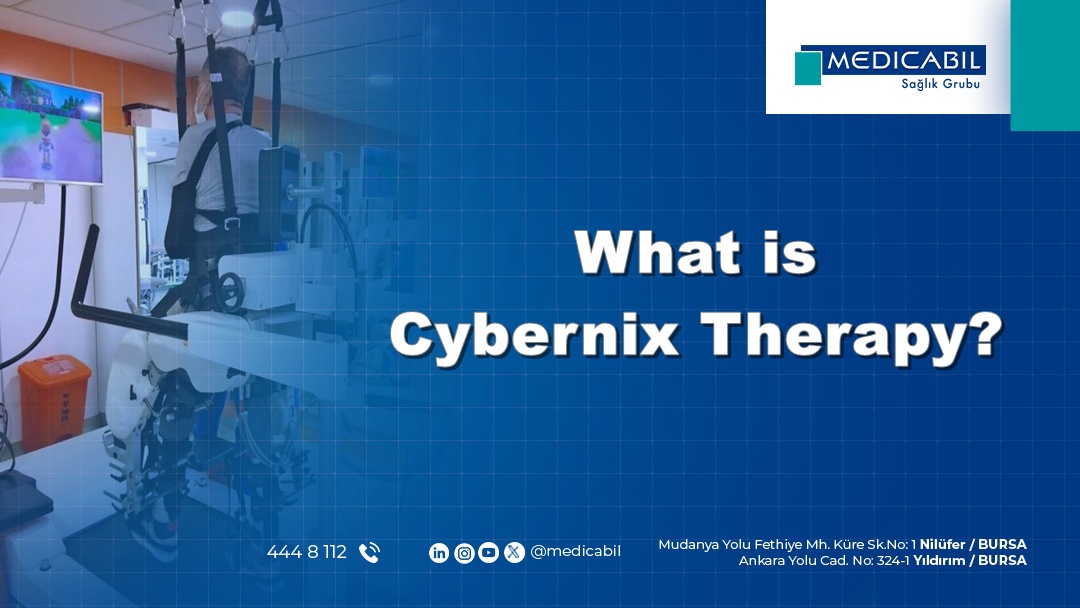 What is Cybernix Therapy?
What is Cybernix Therapy?
-
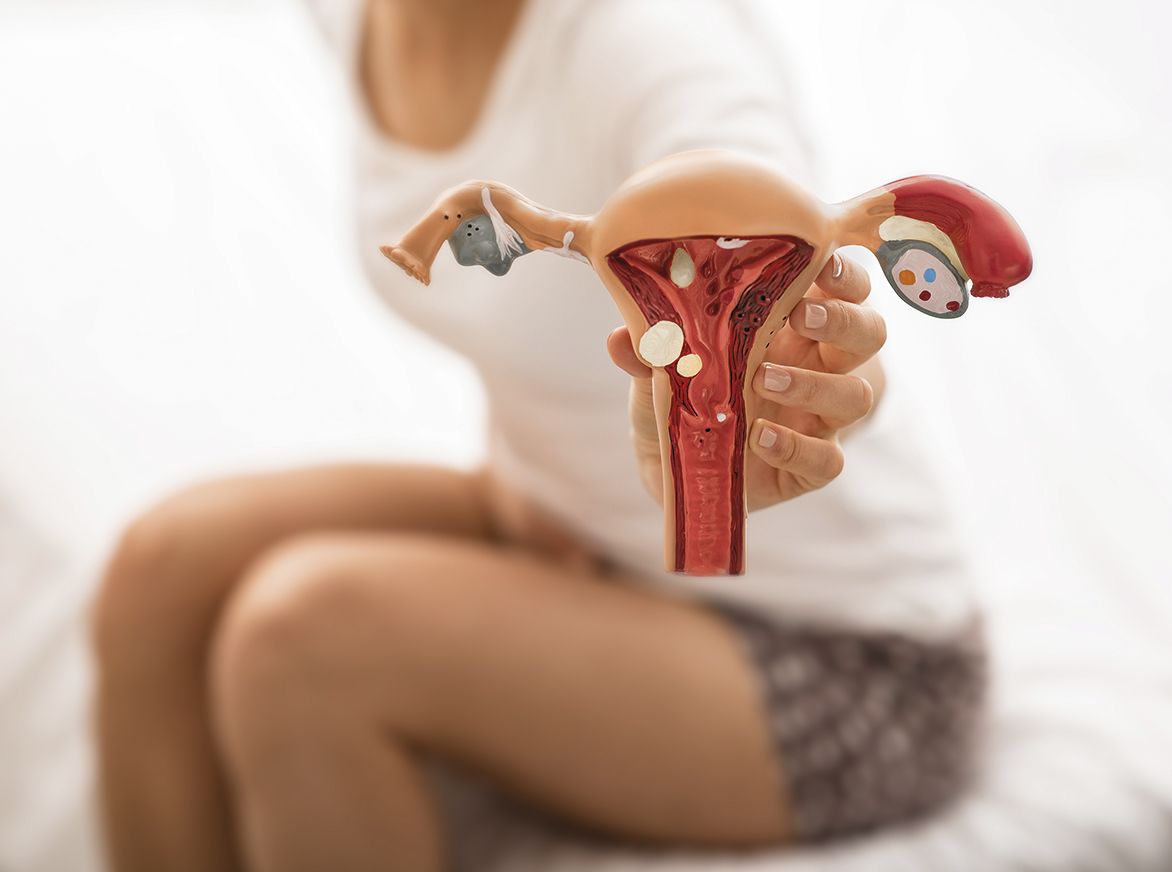 What is Endometriosis (Chocolate Cyst)? What are the symptoms? How to Treat?
What is Endometriosis (Chocolate Cyst)? What are the symptoms? How to Treat?
-
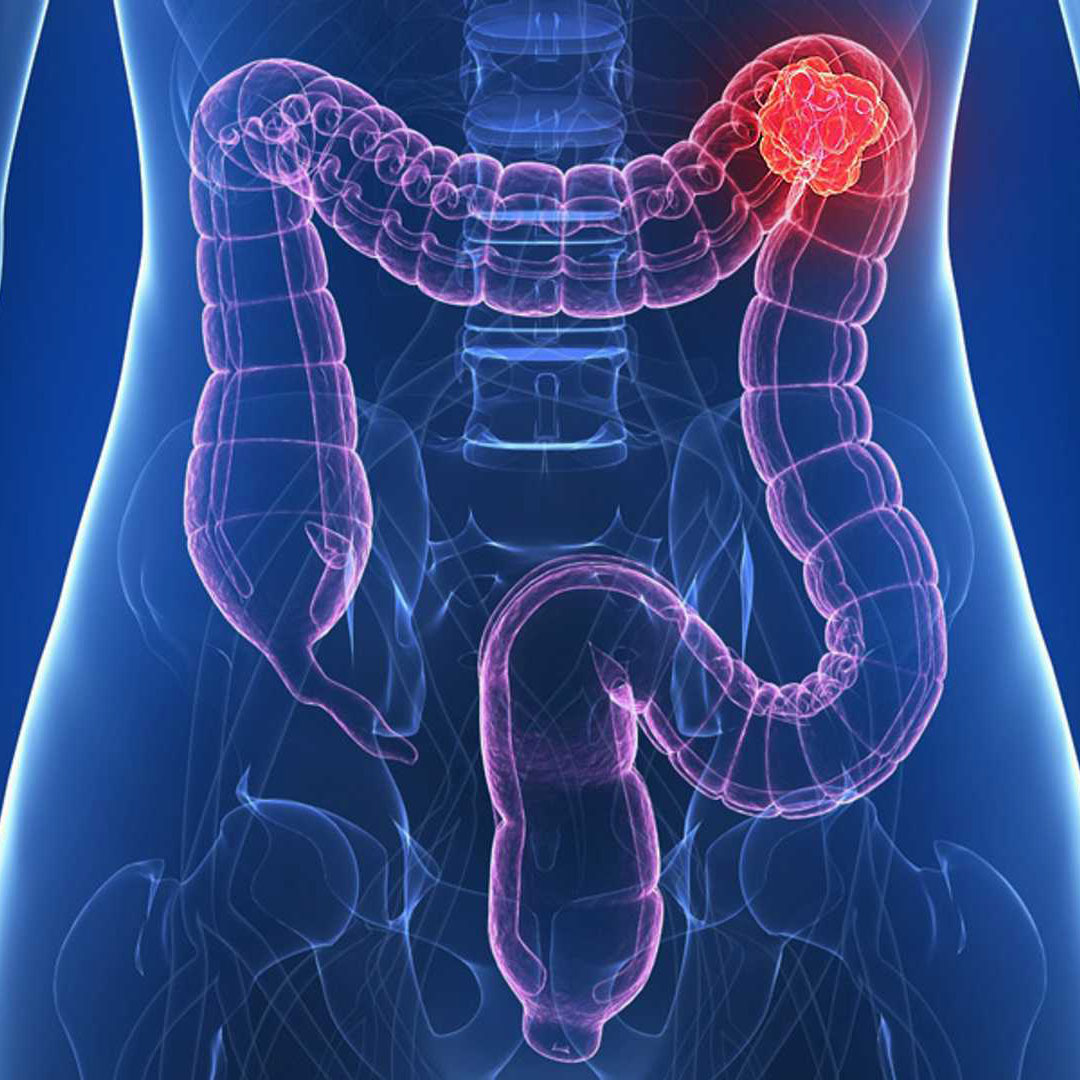 Colon Cancer (Symptoms, Stages, Treatment)
Colon Cancer (Symptoms, Stages, Treatment)
-
 Influenza (Flu) in Children
Influenza (Flu) in Children
-
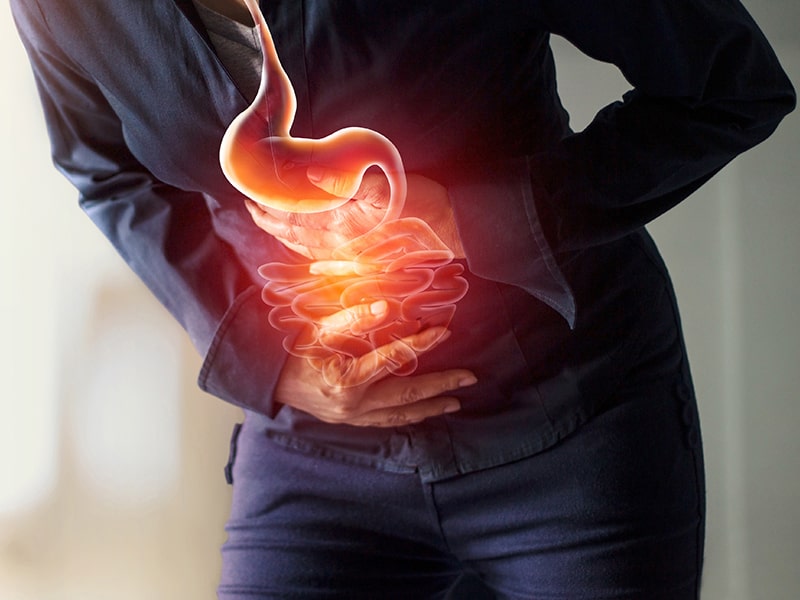 Stomach Cancer Symptoms and Treatment Methods
Stomach Cancer Symptoms and Treatment Methods
-
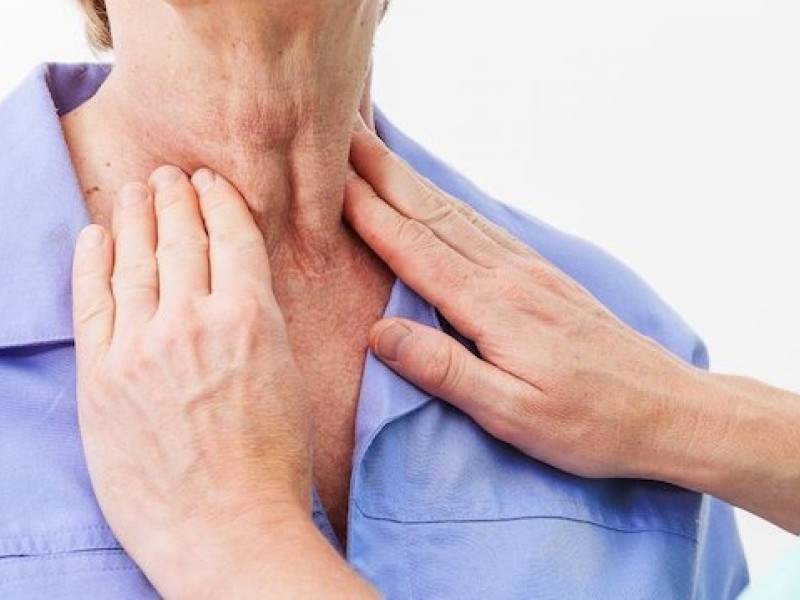 What is Lymph Node Swelling? What Are The Reasons?
What is Lymph Node Swelling? What Are The Reasons?
-
 When to Use Antibiotics? What are the side effects? What is Antibiotic Resistance?
When to Use Antibiotics? What are the side effects? What is Antibiotic Resistance?
-
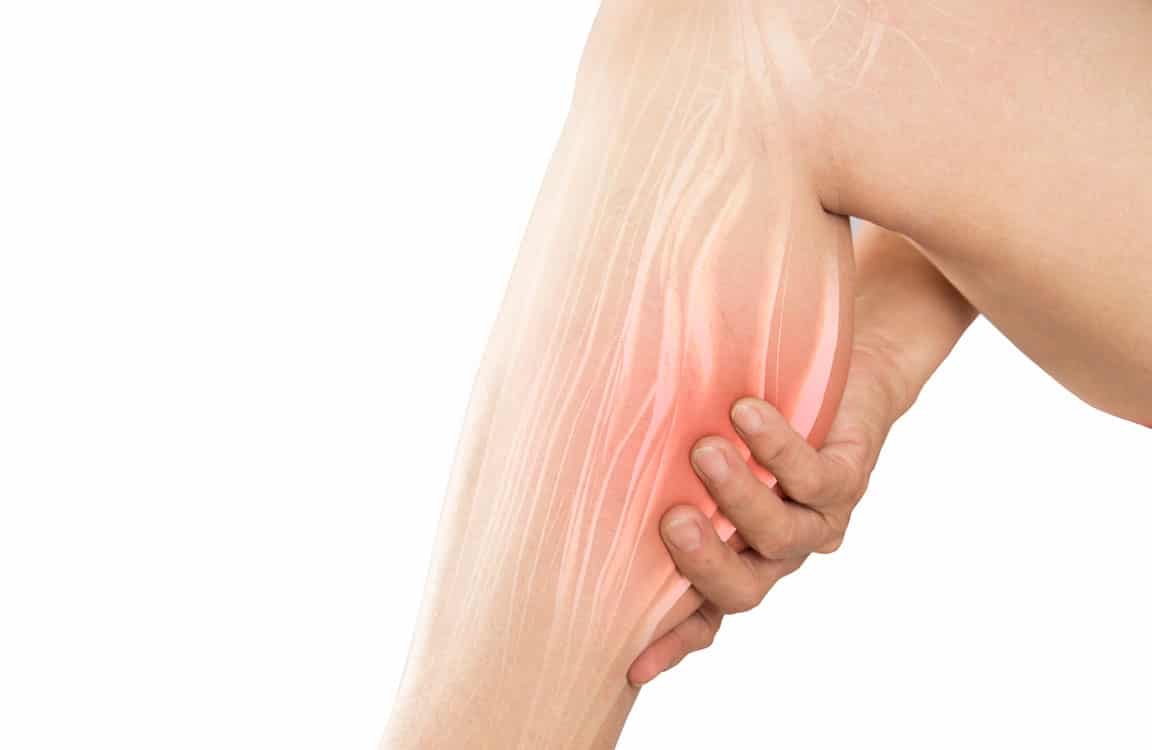 What is Muscle Spasm?
What is Muscle Spasm?
-
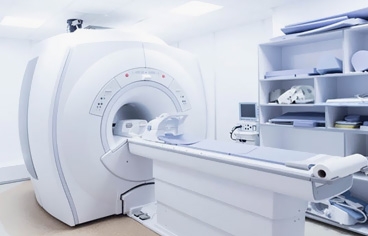 What is MRI? How to Take an MRI with Medication? Is It Harmful?
What is MRI? How to Take an MRI with Medication? Is It Harmful?
-
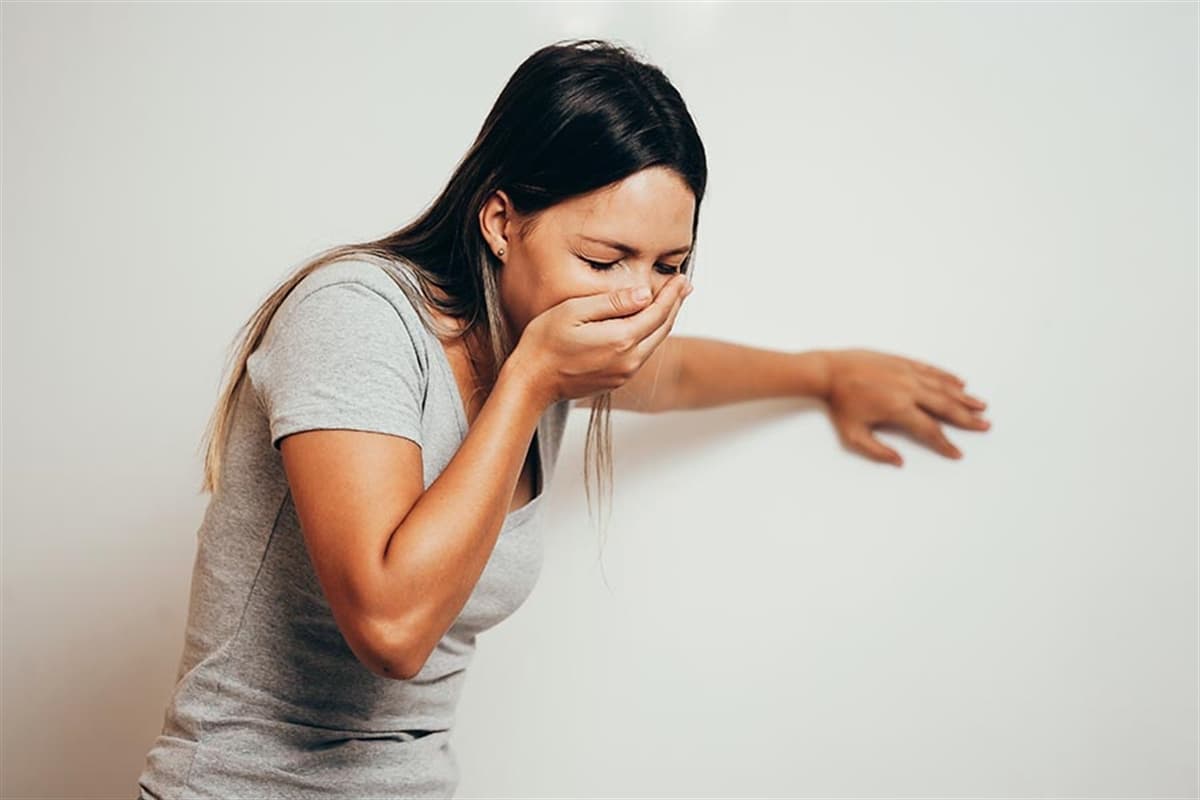 What are the Causes of Diarrhea and Vomiting? How to Treat?
What are the Causes of Diarrhea and Vomiting? How to Treat?
